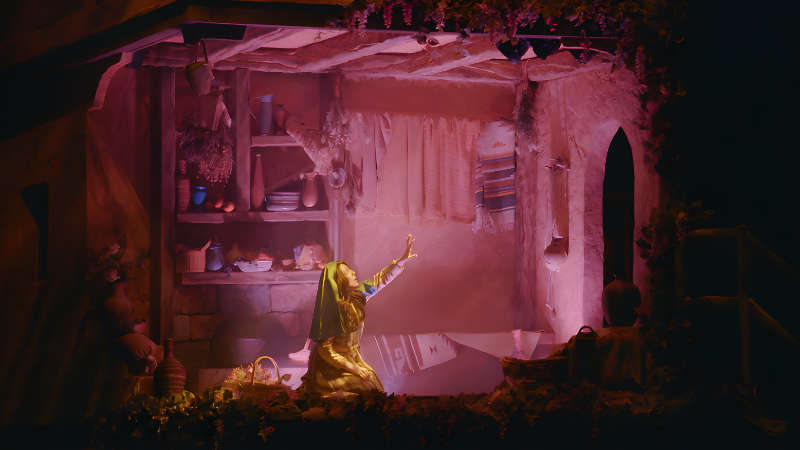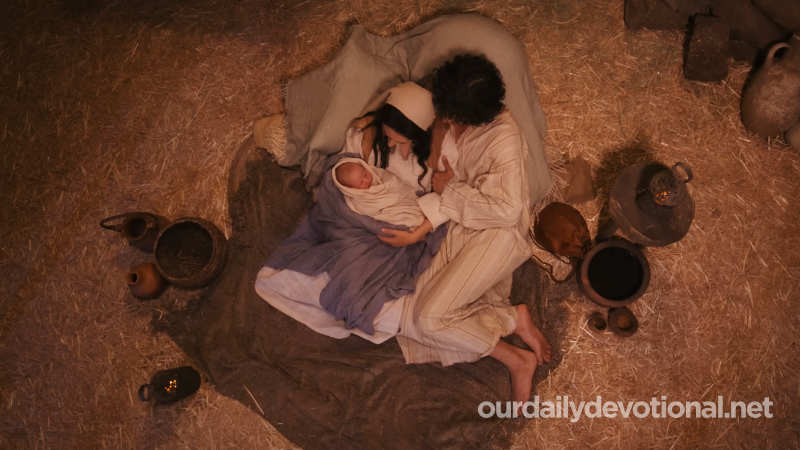Dicotyledonous of the Moraceae family.
Tree that bears delicious fruit (see FIG; cf. Judg. 9:10; Num. 13:23).
In Hebrew the same term is used to denote the tree and the fruit, t'ënãh, while in Gr. The tree is called "syke" and the fruit is "sykon."
The fig tree is native to Western Asia. When it is young, it only bears fruit if it is in rich soil (Luke 13:6-9).
As the fig tree ages, it rapidly degenerates; neglected, it does not produce much (Prov. 27:18). In spring, the fig tree produces its early figs before covering itself with leaves, on the branches grown the previous year, and they are called "pag" (green figs, cf. Song 2:13).
If the tree does not have green figs when the foliage appears, there will be no figs.
The fig tree is a highly appreciated tree; The Bible mentions him on many occasions next to the vine (Deut. 8:8; Ps. 105:33; Jer. 5:17; Jl. 1:12). The expression “under his vine and under his fig tree” is synonymous with prosperity and security (1 Kings 4:25; Mich. 4:4; Zech. 3:10).
The height of the cultivated fig tree ("Ficus carica") varies between 6 and 9 m. The leaves, which appear at the end of spring and fall as winter approaches, frequently measure 20 to 25 cm. of length.
The fig tree is used by the Lord as an emblem of Israel, and the curse of the barren fig tree (Mark 11: 12-17) constitutes a parable: the people had not responded to the call of the Lord, which therefore announces their judgment. .
This tree had the leaves that come with the first fruits; Although, as Marcos points out, "it was not time for figs" (summer, the true harvest), he should have at least had the green figs of spring.
The presence of the leaves without the fruit is an indication of Israel's religious profession without fruit, and constitutes a solemn warning about the danger of religious nominalism in general.
According to prophecy, the fig tree of Israel must grow green at the end of time. It is in this sense that many interpreters understand Mt. 24:32-33.
Meaning of FIG TREE
Dicotyledonous of the Moraceae family.
Tree that bears delicious fruit (see FIG; cf. Judg. 9:10; Num. 13:23).







